Family
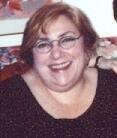
Sheryl Baron Nestel
Jewish Women in New Zealand
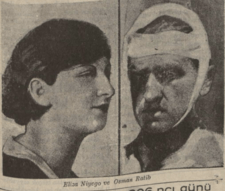
Elza Niego
In 1927, Elza Niego, a young Jewish woman was stabbed to death by an older Turkish man whose romantic advances she had repeatedly refused. Her murder sparked an intense emotional reaction from Jews, which the Turkish press found unacceptable, leading to antisemitic publications and outbursts, including the arrest of nine Jewish leaders.
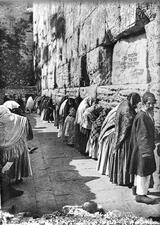
Old Yishuv: Palestine at the End of the Ottoman Period

Orpah: Midrash and Aggadah
The Rabbinic expansion of the story of Oprah paints her in a generally unfavorable light. This dislike is based on Orpah’s comparison to Ruth, in which Orpah is portrayed as the negative version of her sister-in-law. Orpah’s naming reflects the description that she is promiscuous and brazen.
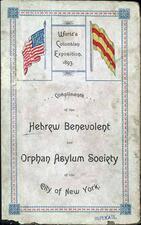
Orphanages in the United States
Rabbi Ben-Zion Meir Hai Ouziel
Rabbi Ben-Zion Hai Ouziel was the Sephardic chief rabbi of Israel. Ouziel believed women could vote and be elected, serve as judges, use birth control for health reasons, and inherit property. He proposed a marriage formula that would prevent women from becoming agunot (“chained”).
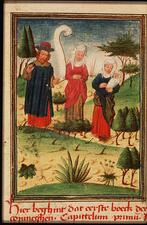
Peninnah: Bible
The second wife to Elkanah in the Hannah narrative, Peninnah is unloved—hence hated—but fertile. She represents a woman who accepts social paradigms without examining them, thus acting out the type of jealousy between co-wives known from the matriarchal texts of Genesis.

Peninnah: Midrash and Aggadah
The narrative of Peninnah centers around her interactions with Hannah, as both women were married to Elkanah. Different midrashic traditions tell stories of how Peninnah treated Hannah, most portraying Peninnah as the antagonist. Peninnah is shown irritating Hannah, although some midrashim argue that Peninnah’s actions were a result of her feeling like the least favorite wife.

Shoshana Persitz
Born in Russia to wealthy parents, Shoshana Persitz was a passionate Zionist and a leader in education reform. She operated a Hebrew-language publishing house in Russia before making Aliyah to Israel, where she continued in publishing and served three terms in the Knesset.
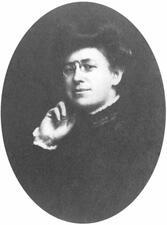
Philanthropy in the United States
In the United States, Jewish women’s philanthropy generally occurred through three main types of organizations: autonomous women’s organizations, women’s organizations that included some men, and women’s auxiliaries of male-dominated groups. In recent decades, changes in Jewish philanthropy and in gender roles have influenced contemporary styles of Jewish women’s philanthropy.
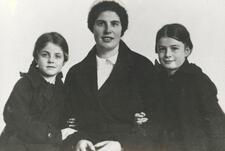
Clara Asscher Pinkhof
Clara Asscher Pinkhof dedicated her life and work to helping and advocating for Jewish children, initially as a teacher and later as an author. She is most known for her accounts of the experiences of Jewish children during the Nazi occupation.

Emma Nuschi Plank
Poland: Early Modern (1500-1795)
Polish Jewish Women played a complex role in their society and culture during the early Modern Period. This role was usually gender segregated, but upon a closer look, was more gender flexible than one might think.
Poland: Interwar
A minority habitually ignored by scholars, Polish-Jewish women played important roles in the changing cultural and political framework of the interwar years.

Justine Wise Polier
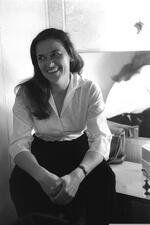
Orna Porat
Orna Porat was a leading actor at the Cameri Theater who also performed at the Habimah, the Beer-Sheva Municipal Theater, Beit Lessin, and the Yiddish Theater. After immigrating to Israel from Germany, Porat struggled to learn Hebrew and break into the theater world, but ultimately she was successful. She is known for serving on the Cameri’s administrative board and founding the Cameri Children’s Theater.
Post-Biblical and Rabbinic Women
IIn antiquity, the treatment of women drew from patriarchal biblical traditions. Despite a few notable exceptions, women had minimal legal rights but were active participants in alternative Jewish sects and could hold office. As rabbinic material was codified, control over women increased, although the literature was not exclusively restrictive towards women.
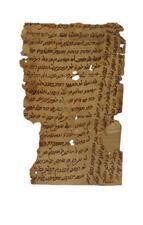
Poverty: Jewish Women in Medieval Egypt
The documents recovered from the Cairo Genizah give insight into the lives of Jewish women in poverty in medieval Egypt. Without husbands, women were often left without any means of earning a living, though the Jewish community assumed responsibility for providing for widows.
Puah: Bible
Puah and Shifrah were the midwives who defied Pharaoh’s orders and allowed Israelite women to birth their sons in safety. It is not clear whether the midwives were Egyptian or Israelite. They may have been overseers for Pharoah’s harem and held positions of honor.
Puah: Midrash and Aggadah
Qumran
Whether or not women were a part of the Essenes’ Qumran settlement, they do appear in Qumran literature. Women in the halakhic writing are only discussed when there are explicit rulings about women’s issues. Halakhic literature shows that women were excluded from all facets of public life and generally were subject to strict halakhic rulings.
Rachel, Wife of Rabbi Akiva
Rachel is the name given to the wife of Rabbi Akiva in medieval sources. Various stories in rabbinic literature depict her as supporting her husband in his efforts to study Torah with great personal sacrifice.

Rachel: Bible
The younger daughter of Laban and wife of Jacob, Rachel is the mother of Joseph and Benjamin, who become two of the twelve tribes of Israel (Gen 35:24; 46:15–18). Rachel, who died young, becomes an image of tragic womanhood. After the biblical period, “Mother Rachel” continued to be celebrated as a powerful intercessor for the people of Israel.

Rachel: Midrash and Aggadah
Rachel is depicted in the Torah as Jacob’s beautiful and beloved wife. The midrash portrays Rachel as a prophetess, and her statements and the names she gave her sons contain allusions to the future. Rachel’s merit continued to aid Israel even many years after her demise.


